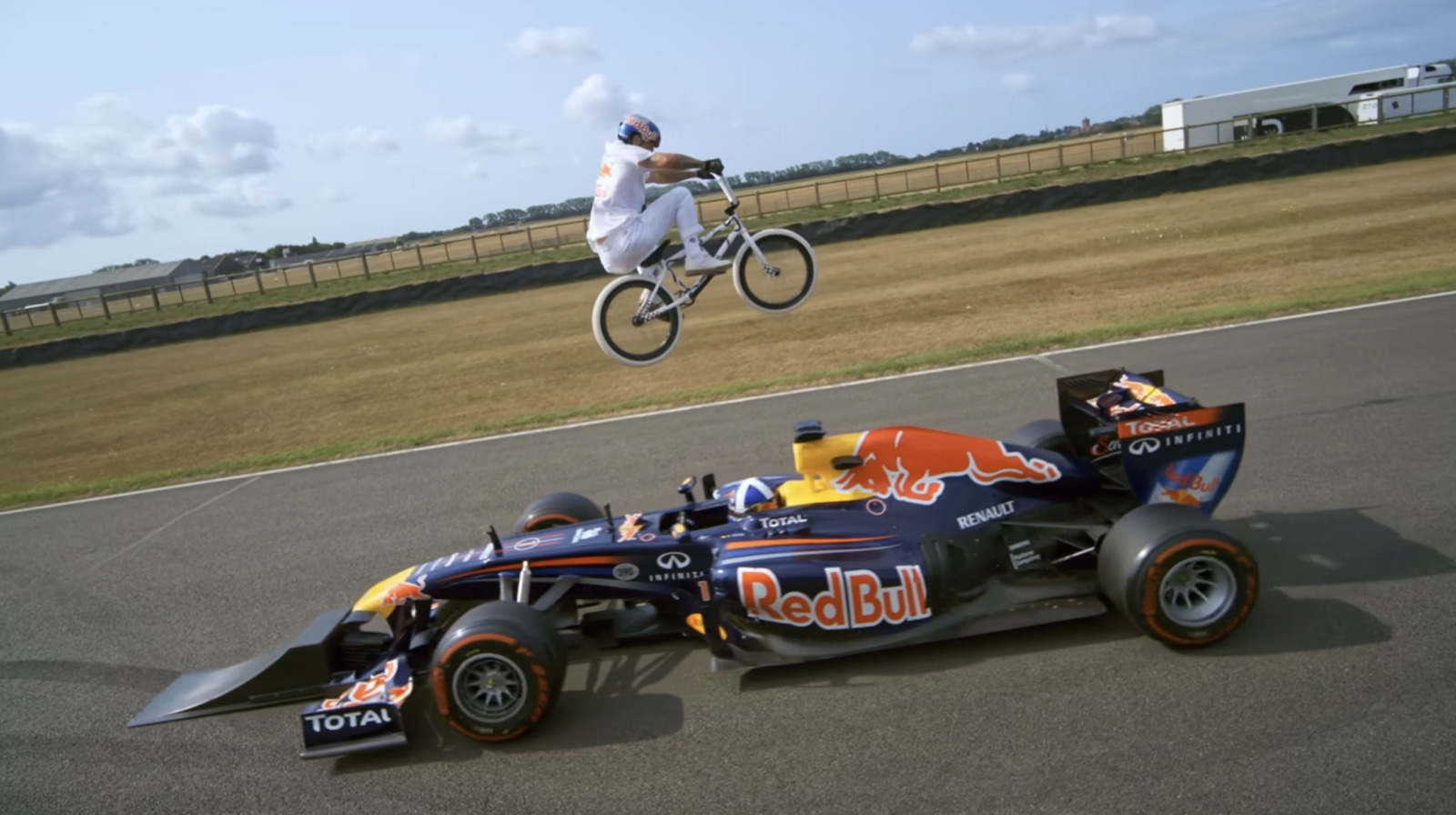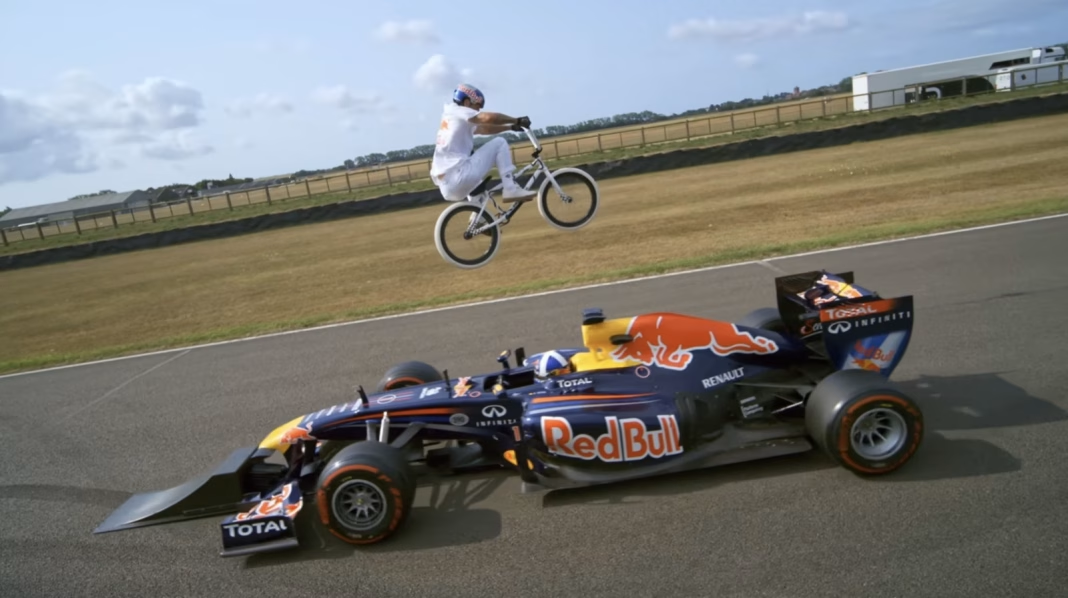How Did a BMX Rider Pull Off a Stunt Over a Moving Formula 1 Car?
Picture this: a BMX rider, nerves of steel, lines up to leap over a Formula 1 car barreling straight toward him. Sounds like something out of an action movie, right? But for Kriss Kyle, a world-renowned BMX athlete, it was just another day pushing the boundaries of what’s possible. Red Bull, never one to shy away from jaw-dropping spectacles, orchestrated this heart-pounding stunt after previously sending Kyle to perform tricks atop a moving train. The stakes? Much higher this time. Formula 1 cars aren’t just fast—they’re the fastest road-racing machines on the planet, topping out at over 220 mph in the right conditions.
What Makes Jumping Over a Formula 1 Car So Dangerous?
Let’s break it down. Unlike a train, which moves predictably along tracks, an F1 car is agile, low to the ground, and can accelerate or brake in a heartbeat. The margin for error? Razor-thin. If the timing is even a fraction off, the consequences could be catastrophic. According to the Fédération Internationale de l’Automobile (FIA), the average F1 car can go from 0 to 60 mph in under 2.5 seconds. That’s faster than most supercars. For Kyle, this meant not only trusting his own skills but also relying on the pinpoint precision of the F1 driver. The choreography had to be flawless. One miscommunication, and the result could have been disastrous.
How Do Athletes Prepare for High-Risk Stunts Like This?
You might wonder: how does someone even train for a stunt that’s never been done before? It’s not just about guts—though there’s plenty of that. Preparation for a feat like this involves months of planning, simulation, and practice. Kyle and his team used mock-ups and computer modeling to map out every possible scenario. They rehearsed the jump at lower speeds, gradually increasing the pace as confidence grew. Safety crews were on standby, and both the BMX ramp and the car’s trajectory were meticulously measured. According to sports psychologist Dr. Michael Gervais, athletes who perform at this level often use visualization techniques to mentally rehearse every detail. It’s not just about muscle memory—it’s about building the mental resilience to handle the pressure when the cameras roll and the engines roar.
Why Do Brands Like Red Bull Keep Pushing the Limits?
There’s a reason Red Bull is synonymous with extreme sports. These stunts aren’t just about adrenaline—they’re about storytelling. When viewers see a BMX rider soar over a moving F1 car, they’re witnessing the culmination of innovation, teamwork, and human ambition. It’s marketing, sure, but it’s also a celebration of what’s possible when people refuse to accept limits. According to a 2023 Nielsen Sports report, Red Bull’s investment in extreme sports has paid off handsomely, boosting brand engagement and loyalty among younger audiences. The company’s willingness to fund these high-risk, high-reward spectacles keeps them at the forefront of both sports and pop culture.
What Can We Learn from Daring Feats Like This?
It’s easy to dismiss these stunts as pure spectacle, but there’s a deeper lesson here. Every leap over a moving car, every trick on a speeding train, is a reminder that progress comes from pushing the envelope. The teams behind these feats are masters of risk management, blending creativity with science to make the impossible look effortless. For anyone facing a daunting challenge—whether it’s in sports, business, or daily life—there’s inspiration to be found in their relentless pursuit of the next big thing.
The big takeaway? Progress isn’t about perfection—it’s about smarter adjustments. Start with one change this week, and you’ll likely spot the difference by month’s end.


